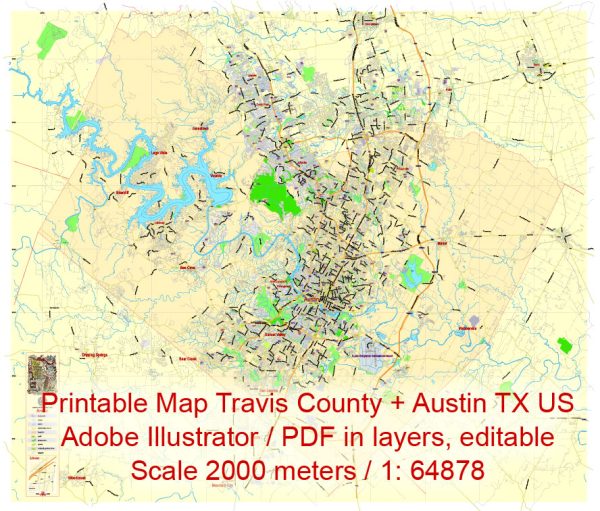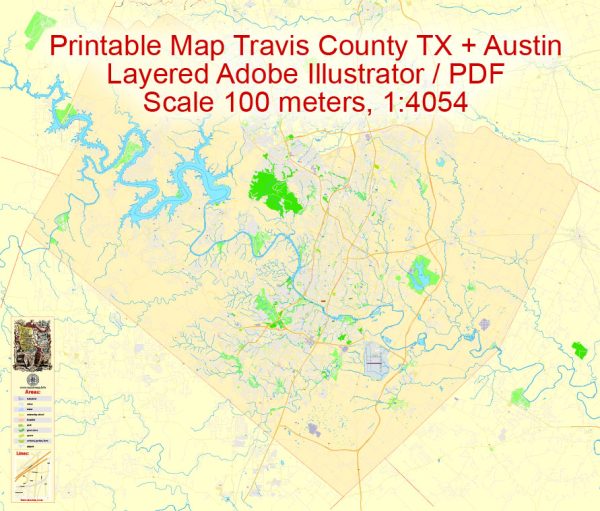Travis County, located in Austin, Texas, is a diverse and ecologically rich area with a variety of natural features and habitats. The ecological description of Travis County encompasses several key aspects:
- Hill Country Terrain: Travis County is situated in the Texas Hill Country, which is characterized by rolling hills, limestone cliffs, and steep canyons. The hilly terrain provides a unique ecological setting, influencing water flow, vegetation, and wildlife distribution.
- Climate: The county experiences a semi-arid climate with hot summers and mild winters. This climate influences the types of flora and fauna that thrive in the region.
- Vegetation: The vegetation in Travis County is primarily composed of oak and juniper woodlands, prairies, and riparian zones. You can find various oak species such as live oak, post oak, and blackjack oak, along with cedar (Ashe juniper). In the spring, wildflowers such as bluebonnets, Indian paintbrush, and other native species create vibrant displays.
- Rivers and Creeks: The Colorado River, as well as its tributaries like the Barton Creek, Bull Creek, and Walnut Creek, flows through Travis County. These water bodies support aquatic life and riparian habitats.
- Wildlife: Travis County is home to a diverse range of wildlife, including white-tailed deer, raccoons, armadillos, bobcats, coyotes, and various bird species. You may also find reptiles like rattlesnakes, as well as amphibians and a variety of insects.
- Barton Springs: Located in Austin, Barton Springs is a popular natural spring that is home to several unique and endangered species, including the Barton Springs Salamander and the Austin Blind Salamander. The pool itself is a popular spot for both recreation and conservation.
- Balcones Canyonlands National Wildlife Refuge: This refuge, located in western Travis County, protects the unique habitats of the Texas Hill Country, including limestone canyons, springs, and oak-juniper woodlands. It is a crucial area for conserving native species and preserving ecological diversity.
- Urbanization and Conservation: The county’s ecology is influenced by the growing urbanization of Austin. Efforts are being made to balance urban development with environmental conservation, with an emphasis on protecting the natural beauty and diversity of the area.
- Challenges: Like many urban areas, Travis County faces challenges such as habitat fragmentation, water quality issues, and the conservation of endangered species. Conservation organizations and government agencies work to address these challenges through various initiatives.
Overall, Travis County, Austin, Texas, boasts a unique blend of urban and natural environments, providing a variety of opportunities for both residents and visitors to engage with and appreciate its diverse ecological features. Conservation efforts are ongoing to ensure the long-term health and sustainability of the county’s ecosystems.



 Author: Kirill Shrayber, Ph.D.
Author: Kirill Shrayber, Ph.D.